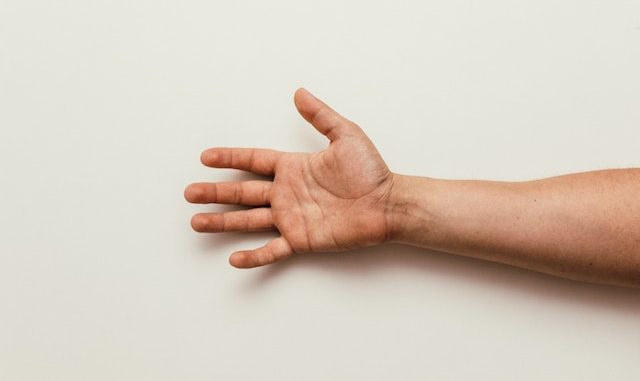
Having toned arms is something many people strive for through diet and exercise, but if the excess skin won’t go away, an arm lift procedure may be a good option to consider. Also known as brachioplasty, this surgical procedure can help remove extra fat and skin from beneath your chin all the way down to your elbows.
Before deciding whether it’s right for you, though, it’s important to understand both the short-term and long-term risks of an arm lift procedure so that you can make an informed decision about what is best for yourself. In this blog post, we will discuss some of these potential risks associated with an arm lift in terms of possible complications or side effects from surgery.
What is an Arm Lift Procedure and What Does it Involve
An arm lift, also known as brachioplasty, is a surgical procedure that involves removing excess skin and fat from the arms. This procedure is typically performed on individuals who have lost a significant amount of weight or have excess skin due to aging.
During the procedure, an incision is made on the underside of the arm, and the excess skin and fat are removed. The remaining skin is then stretched and tightened to create a more toned and contoured appearance.
Recovery time can vary, but patients are typically advised to avoid lifting heavy objects or engaging in strenuous activity for several weeks. An arm lift can improve both the appearance and function of the arms, which can boost confidence and improve the overall quality of life.
Risks of the Procedure, Including Infection, Scarring, and Numbness
When considering any medical procedure, it’s important to weigh the potential risks against the benefits. In the case of this particular procedure, it’s essential to be aware of the risks of infection, scarring, and numbness.
While these risks are rare, they are a possibility and should not be taken lightly. Infection can occur if proper hygiene practices are not followed, while scarring and numbness can appear as a result of the incisions made during the procedure.
As a medical professional, we highly recommend taking all necessary precautions and thoroughly discussing potential risks with your healthcare provider before undergoing this or any other medical procedure.
Recovery Time and Post-Procedure Care
Once a medical procedure has been completed, it is essential to focus on the recovery time and post-procedure care instructions provided by the healthcare team. Recovery time can vary depending on the complexity of the procedure and the overall health of the patient.
It is crucial to follow all post-procedure care instructions to ensure a speedy recovery and prevent complications. This includes following medication schedules, attending follow-up appointments, and avoiding strenuous activities as advised.
Patients should also take note of any warning signs, such as excessive pain, bleeding, or fever, and promptly inform their healthcare provider if they occur. By taking proper care during recovery, patients can help ensure a successful outcome from their medical procedure.
Professional Advice for a Successful Surgery
Undergoing surgery can be a daunting experience, but with the right professional advice and guidance, you can prepare yourself for a successful procedure. It’s important to inform your surgeon about any pre-existing medical conditions you may have and any medications you are currently taking.
Follow your surgeon’s instructions on whether to fast before the procedure, and be sure to have a responsible person drive you home afterward. You will also need to take measures to ensure a smooth post-operative recovery, such as taking prescribed medication, resting as much as possible, and keeping your wound clean and bandaged.
Remember, with careful preparation and following your surgeon’s advice, you can have a successful surgery and a smooth recovery.
Alternatives to an Arm Lift for Reducing Unwanted Fat in Arms
Arm lifts are an effective option for reducing unwanted fat in the arms, but they are not the only solution. Certain non-invasive treatments are available that can also provide remarkable results for arm contouring.
These alternatives often involve using heat or cold technologies to heat, shrink, or freeze fat cells, respectively. Both procedures can provide excellent outcomes with minimal discomfort and no downtime.
These treatments are ideal for individuals who wish to avoid surgery or who prefer a less invasive solution to unwanted arm fat. It is recommended to consult with a reputable plastic surgeon to determine which approach would best suit your needs and goals.
An arm lift procedure is a great option for those wanting to reduce sagging skin on their arms. But it’s important that individuals understand the risks and make sure they are working with a board-certified plastic surgeon to ensure the best possible results.
